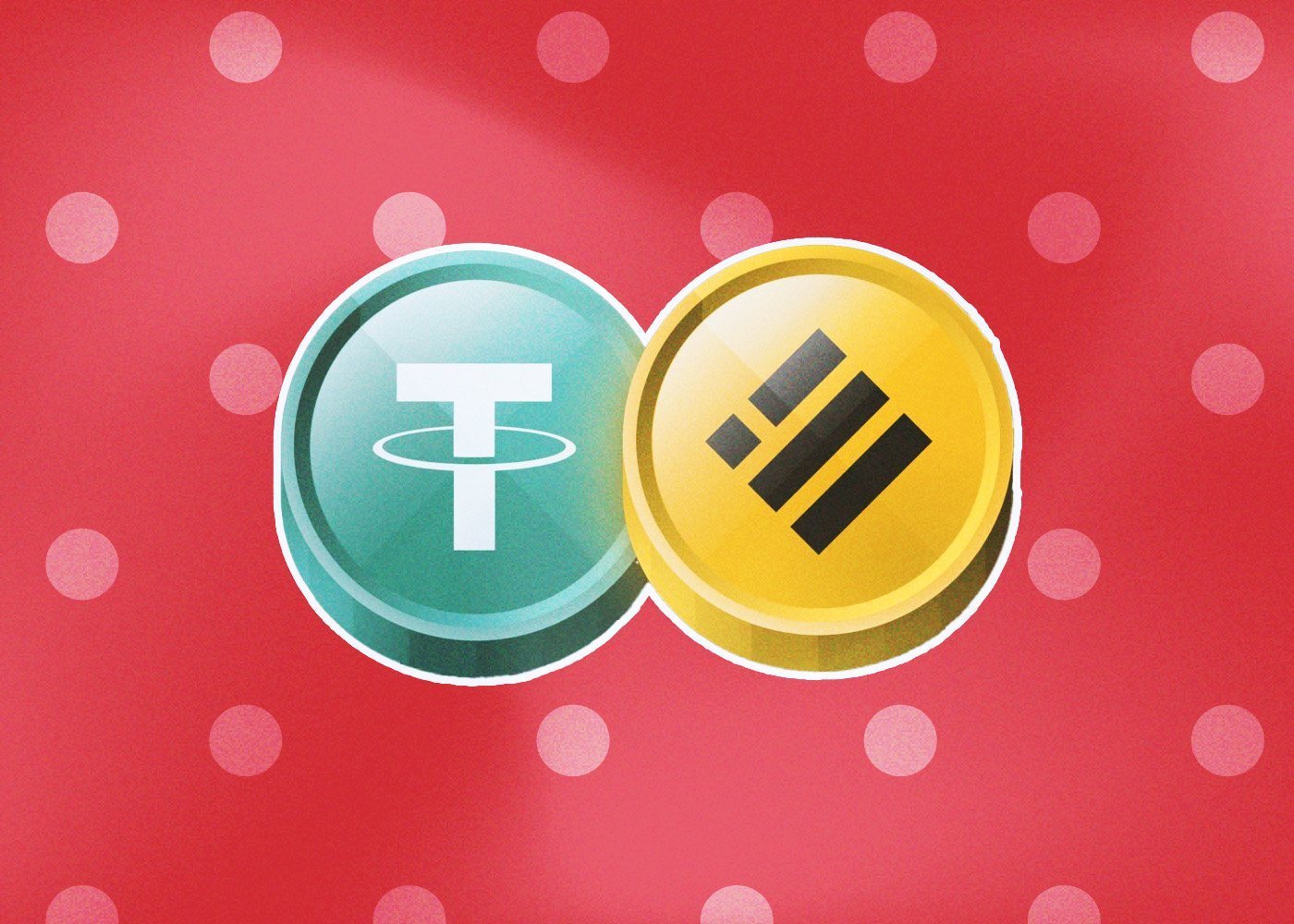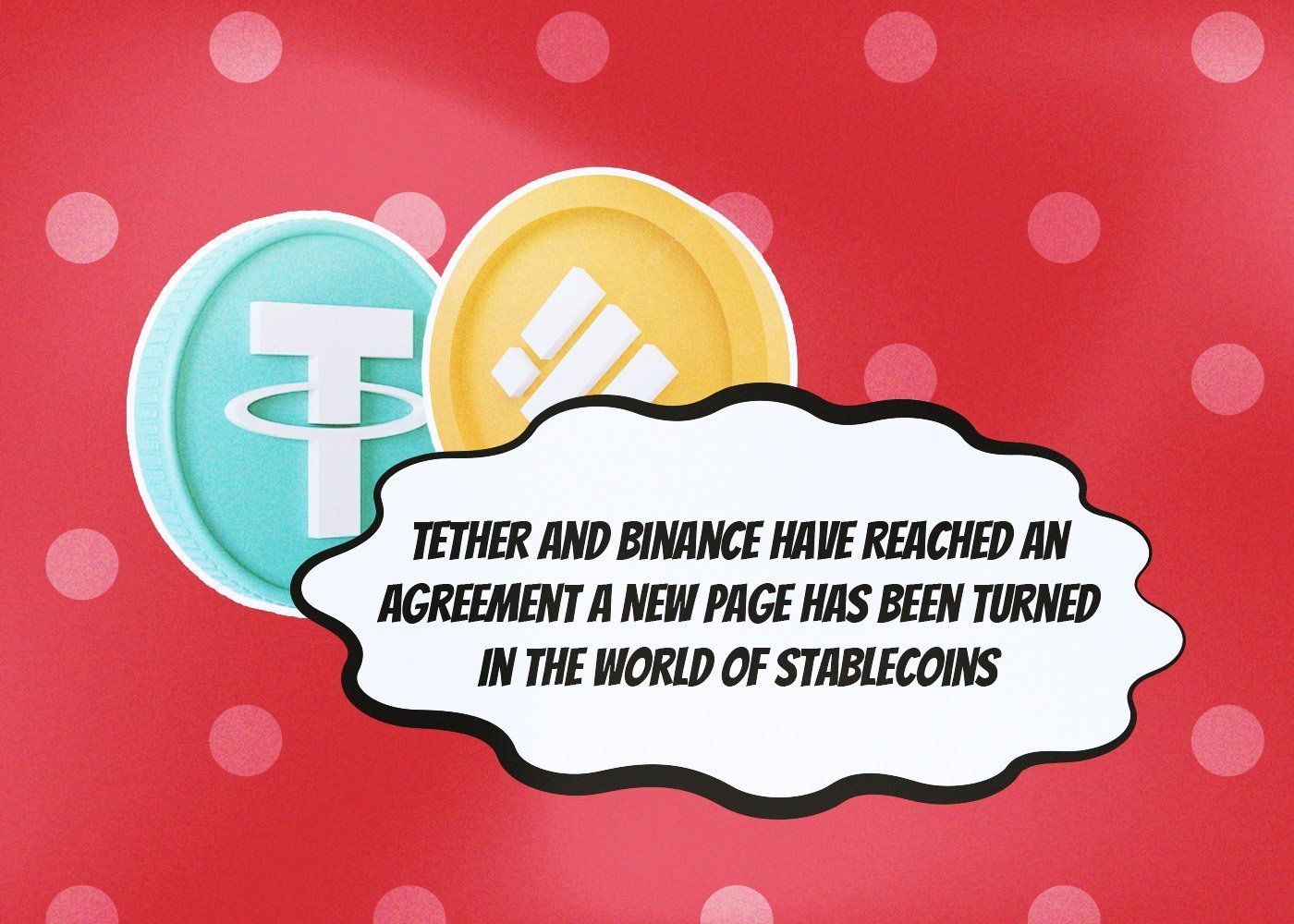Tether, the startup behind the most popular stablecoin USDT, has reached an agreement with Binance. The issuer of the USDT-linked stablecoin has transferred 1.6 billion USDT from the Tron network to the Ethereum network. This shows that a new page has been turned in the stablecoin world. This trusted environment is expected to spread to other currencies.
Binance Has Transferred 1.6 Billion Tether (USDT)
USDT, the world’s largest stablecoin, transferred 1.6 billion USDT through its partnership with Binance. The transaction transferred the coin from the TRON network (TRC20) to the Ethereum (ETH) network (ERC20). This made USDT coins accessible on the Ethereum network. The exchange stated that the blockchain change was made to “meet ecosystem demand.”
It should be noted that the use of Binance’s BUSD stablecoin in the ecosystem has declined due to regulatory concerns. Therefore, the use of USDT on the exchange is expected to increase. Consequently, this exchange network is critical to meet the demand for USDT and the expectation of increased USDT usage.

A Reassurance For Binance Following The Demise Of BUSD
Meanwhile, the market capitalization of Binance USD, the Paxos stablecoin, fell to $9.5 billion. This is the first time BUSD’s market value has fallen below $10 billion since June 2021. Demand for BUSD fell when Paxos announced on February 13 that it would stop minting new BUSD tokens at the behest of the New York Department of Financial Services (NYDFS).
In addition, the U.S. Securities and Exchange Commission (SEC) is considering legal action against Paxos for selling unregistered securities. Since February 13, investors have sued Paxos BUSD for more than $6.7 billion, according to blockchain data compiled by cryptocurrency firm Nansen. Due to the drop in demand, Dogecoin (DOGE) has replaced BUSD as the ninth largest cryptocurrency by market capitalization, according to CoinMarketCap.
BUSD Has Been Removed From The List By Coinbase
Last week, Coinbase, the largest U.S. cryptocurrency exchange, said it would stop trading BUSD on its platform as of March 13. Coinbase CEO Brian Armstrong expressed concern about the stablecoin’s liquidity. “Coinbase’s decision to delist BUSD was a preemptive move likely due to operational concerns about future liquidity losses or redemptions,” said Clara Medalie, head of research at Kaiko.
BUSD’s liquidity on Binance, the largest stablecoin exchange, has deteriorated dramatically in the past month. According to Kaiko’s research, the two percent market depth for the BUSD-USDT and BUSD-DAI stablecoin pairs BUSD-USDT and BUSD-DAI has fallen to $123 million from $200 million before the Paxos announcement in February.























































































![BitTorrent [New]](https://s2.coinmarketcap.com/static/img/coins/64x64/16086.png)





















